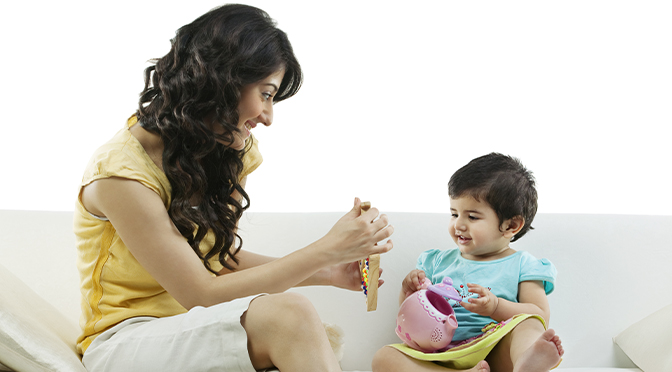Although everyone gets sick, there are a few special considerations that you need to think about when your child with type 1 diabetes gets sick. Illness or sickness may probably cause glucose levels, hard to manage and sometimes unpredictable. There are a few general guidelines that you can follow the next time your child with type 1 diabetes feels under the weather.
What should be done when your child is sick?
Do not skip insulin
You must maintain blood sugar levels in the target range as much as possible. Your child might need extra insulin or sometimes less insulin when they are sick. In case your child lacks appetite and not sure of how much he/she will eat, make them eat and drink as much as they can and provide them with insulin immediately after mealtime.
Keep a track and a close eye on glucose levels
During illness, there is an increased need for insulin in the body, so keep a check on your child’s glucose every 2 to 3 hours. If ketone strips are available, you must test urine or blood for ketones as well.
When your child is sick, ketones may appear with normal, low or high glucose levels.
- In case, the tests show your child has ketones, they would need extra insulin to clear their ketones and minimize their risk of diabetic ketoacidosis (DKA).
Let your child stay hydrated
Beverages like water or other non-sugary fluids will help you prevent dehydration and flush out the ketones from your child’s body.
Must pay attention to nausea and vomiting
In case your child is vomiting, taking small amounts of fluid can help.
- Medication for vomiting can help to settle the stomach, which needs a prescription from a doctor.
Do you know why your child might need extra fluids and insulin?
The ketones that have already been made in your child’s body can be mostly eliminated with the help of extra fluids and may need extra insulin.
- In case your child has positive ketones, let them aim to drink more water every hour until ketones are negative. Unless your child is experiencing low blood sugar readings, the fluids should be water or other sugar-free or salty drinks. In case of low blood sugar readings, sweet liquids will help.
- You may need some extra rapid-acting insulin that stops ketones from being made. This dose can be accurately calculated as a percentage of your child’s total daily dose (TDD) of insulin, which will be advised by the doctor.
- In case the ketones occur at mealtime while your child wants to eat, add the calculated units from the sick-day dosing tables to meal dose.
You must remember that you need to wait for at least 2 hours between doses of rapid-acting insulin before giving it to your child.
When should you meet doctor on an emergency basis?
You must meet doctor in case:
- Vomiting or abdominal pain
- Poor oral intake
- Reduced passage of urine
- Fever
- Recurrent hypoglycemia
- Whenever you are concerned
Your child will need admission and emergency care if he/she is showing the following signs or symptoms of diabetic ketoacidosis (DKA):
- Rapid and deep respirations
- Drowsiness
- Unable to tolerate or drink fluid or liquid
- Vomiting several times or if vomiting doesn’t stop
- Persistent blood glucose readings above 250 mg/dl
- Even after 2 correction doses with insulin, ketones don’t clear




0 Comment